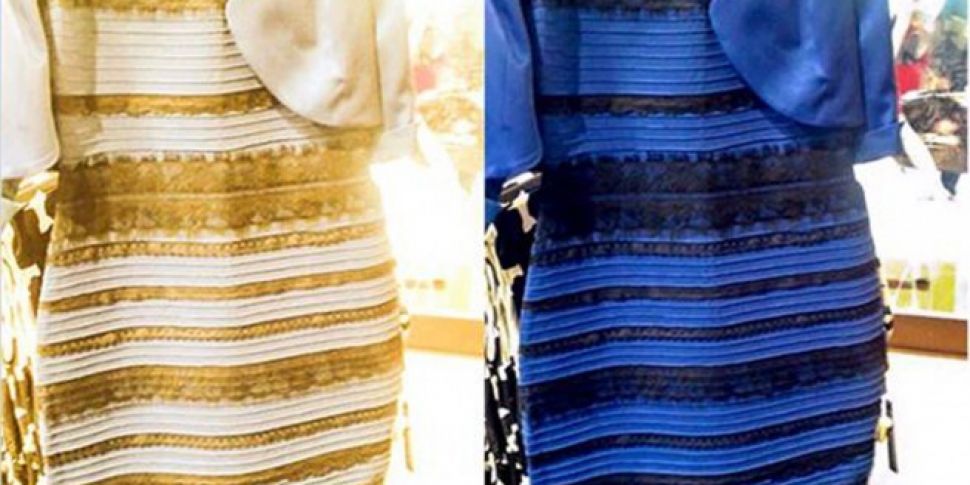February 2015 was a simpler time, when the world could unite in bemused observance of that dress that Scottish woman was wearing to a wedding.
The viral photograph, which saw some people see a gold-and-white garment and others (correctly) insisting it was blue and black, was so popular that at its height, more than 10,000 were tweeting it every minute.
Since the dress’s moment in the spotlight, several studies have outlined theories as to why the world momentarily become besotted with it, but newly published research may offer the most comprehensive explanation as to what was going on, with what time you wake up and go to bed a major influence on the debate.

In the Journal of Vision, New York neuroscientist Pascal Wallisch claims that the photograph was overexposed, meaning that when people first looked at it, they could not tell if it was shot in shadow or artificial light.
If someone viewing the photo thinks the dress was snapped in shade, he or she will subconsciously filter out the darker blur light of shadows to better visualise the dress’s colour, meaning they will see white and gold. But if the viewer assumes it was photographed in artificial light, the subconscious strips away bright yellow hues, leaving black-and-blue stripes instead.
When it comes to vision, our brains are continuously adjusting colours and hues based on light sources, but the dress proved to be the perfect storm. Wallisch managed to poll 13,000 people from the two groups in an online study, where they were asked whether they thought the dress was in shadow.

Four out of five of those who said they did think the dress was photographed in shadow admitted to seeing it as white and gold. Conversely, of those who thought the image was made in artificial light, less than half of those respondents saw the dress that way.
According to the neuroscientist, people who wake up and go to bed earlier, thus spending more of their day in sunlight, are more likely to assume the dress was in shadow, while those who burn the midnight oil were more likely to see it in artificial light.
The study revealed a demonstrable relationship based on these lifestyle factors, with night owls more likely to see the dress as black and blue, while those who rise with the larks seeing it as gold and white.
Wallisch’s study is just the latest in a number to posit theories, with everything from the angle of the dress on the rack through to blue-yellow asymmetries in images. While the mystery of its viral appeal may never be fully explained, it seems apt that an enigmatic image should defy a single scientific explanation.









